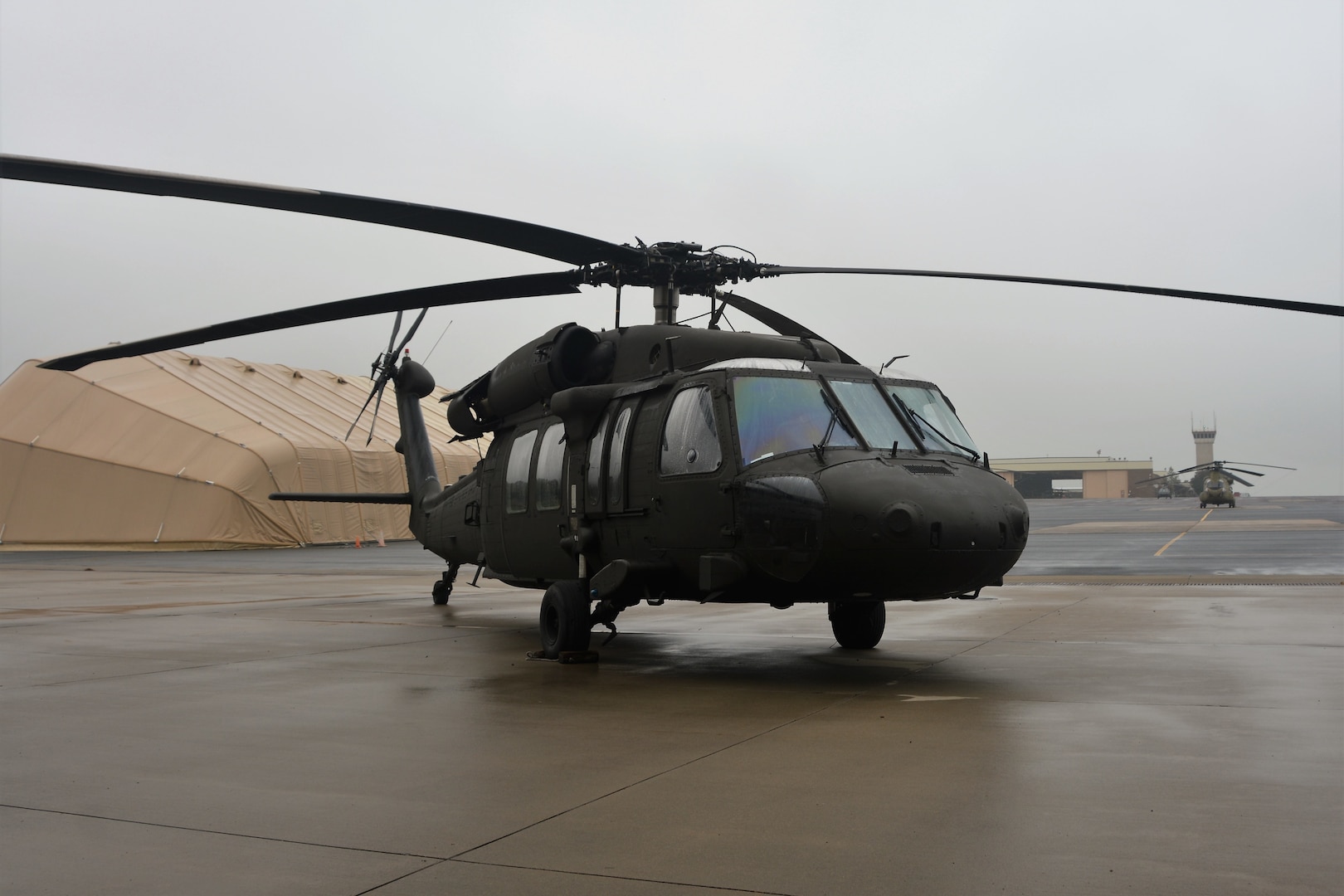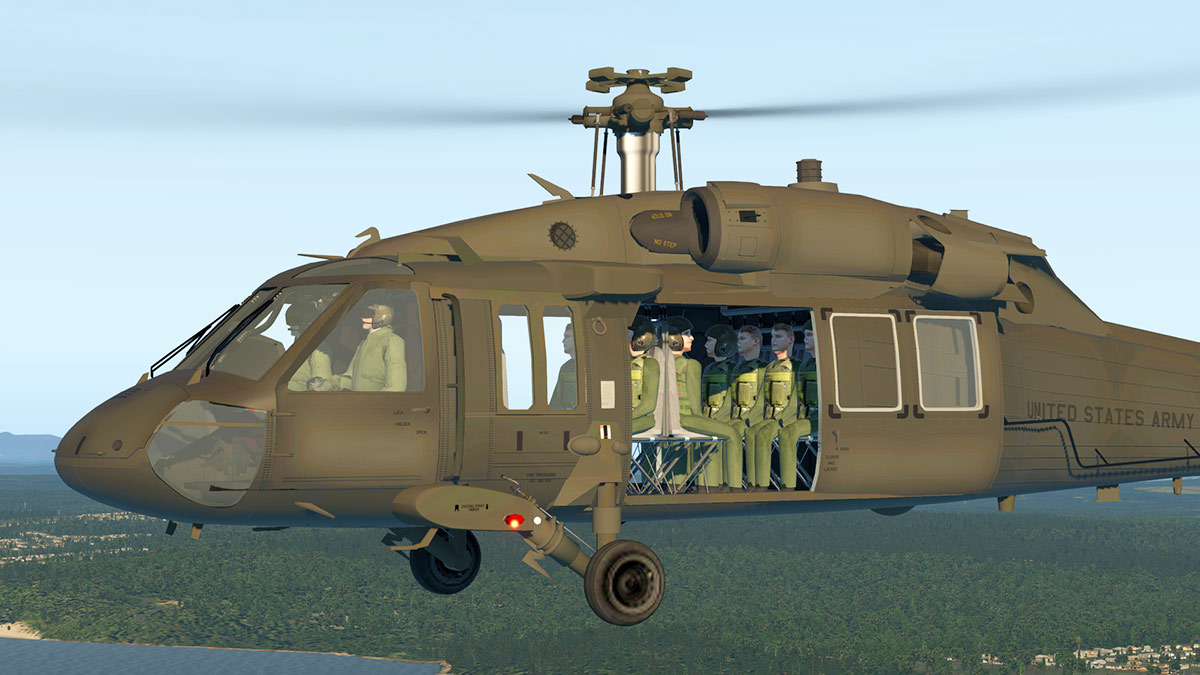UH 60 Helicopter Summary: Everything You Required to Know
UH 60 Helicopter Summary: Everything You Required to Know
Blog Article
The Influence of Lasting Practices on the Future of Airplane Procedures and Emissions Reduction
As the aviation sector encounters boosting analysis over its environmental impact, the adoption of sustainable practices emerges as a critical pathway toward future airplane operations and exhausts reduction. Developments in lasting aviation gas and developments in crossbreed propulsion technologies stand at the center of this change, appealing significant decreases in greenhouse gas exhausts. However, the successful combination of these initiatives hinges on a range of elements, consisting of governing structures and market partnership. The concern continues to be: just how will these evolving methods improve the dynamics of air traveling and add to an extra lasting future?

Review of Sustainable Practices
Lasting practices in aircraft procedures include an array of approaches intended at reducing ecological effect while maintaining functional performance. These practices are important in the aeronautics sector's dedication to decreasing its carbon footprint and sticking to global environmental criteria. Trick efforts consist of maximizing flight paths to reduce gas intake, enhancing maintenance methods to ensure airplane operate at peak performance, and carrying out innovative technologies such as winglets and lightweight products that improve the rules of aerodynamics.

Educating and engaging personnel on sustainability techniques also play a crucial duty, fostering a culture of environmental duty within organizations. On the whole, the integration of these sustainable methods not only aids decrease emissions but likewise boosts the long-term viability of the air travel market, ensuring it meets the needs of both clients and regulative bodies while adding to global sustainability goals.
Ingenious Fuel Alternatives
Numerous cutting-edge gas choices are becoming essential services to decrease the aeronautics market's dependence on standard nonrenewable fuel sources. Among these choices, Sustainable Air travel Fuels (SAFs) have obtained substantial attention as a result of their prospective to reduce lifecycle greenhouse gas discharges by approximately 80% contrasted to traditional jet fuels. SAFs are originated from numerous feedstocks, consisting of waste oils, farming deposits, and even algae, making them a flexible option for the industry.
Another encouraging alternative is hydrogen gas, which, when made use of in gas cells, produces only water vapor as a result. This zero-emission prospective presents a considerable opportunity for decarbonizing flight procedures, specifically for short-haul flights and regional aircraft. Additionally, electric propulsion systems are being explored, leveraging battery innovation to power airplane. While current battery capability restrictions variety and payload, ongoing developments may quickly provide electrical flights practical for details applications - uh 60.
Last but not least, biofuels obtained from biomass are being examined, using a sustainable option that can be combined with traditional gas. Jointly, these cutting-edge gas alternatives stand for a vital step towards accomplishing a sustainable air travel ecological community, aligning with worldwide exhausts reduction targets and enhancing the industry's ecological stewardship.
Technical Improvements in Aviation

Just how can technical improvements improve the future of aviation? The combination of advanced modern technologies is critical in transforming aircraft operations, enhancing effectiveness, and decreasing exhausts. Advancements such as electrical and hybrid propulsion systems go to the leading edge, promising significant decreases in gas consumption and greenhouse gas discharges. These systems take advantage of improvements in battery modern technology and power management, making it possible for airplane to run with a reduced environmental footprint.
Additionally, the execution of innovative materials, such as light-weight compounds, adds to boosted aerodynamics and gas performance. The use of expert system and artificial intelligence in trip operations enhances path preparation and lowers fuel shed by allowing real-time changes based upon weather and web traffic problems. In addition, the development of autonomous and from another location piloted aircraft systems stands to revolutionize freight and passenger transportation, possibly enhancing effectiveness while decreasing human mistake.
Additionally, lasting aeronautics innovations, including advanced air traffic monitoring systems, can lower and improve procedures congestion, resulting in lower emissions throughout flight. These developments jointly stand for a standard shift in air travel, promising a future where sustainability and operational efficiency are intertwined, thus supporting the market's dedication to decreasing its ecological impact.

Regulative Framework and Conformity
In light of the expanding focus on ecological stewardship within the aviation sector, the governing structure governing aircraft operations is advancing to advertise lasting methods. Governing bodies, such as the International Civil Aviation Company (ICAO) and different national aeronautics authorities, are introducing stringent standards targeted at minimizing emissions and enhancing operational effectiveness.
These policies commonly consist of the fostering of Sustainable Aeronautics Gas (SAF), which has actually been recognized as a crucial part in achieving lower carbon footprints. Conformity with these regulations my link calls for airline companies to implement sophisticated innovations and operational techniques, such as maximized trip paths and enhanced air web traffic administration, to reduce gas intake.
In addition, the enforcement of exhausts trading schemes and carbon balancing out initiatives is coming to be increasingly widespread, engaging airlines to monitor and report their discharges precisely. Non-compliance can result in substantial fines, thus pushing drivers to focus on sustainability in their service designs.
Ultimately, the developing regulatory landscape not just drives development and financial investment in environment-friendly modern technologies but likewise cultivates a society of accountability within the aviation industry. As these frameworks continue to establish, the concentrate on sustainable techniques will be integral to achieving the sector's long-lasting environmental objectives.
Future Patterns in Aircraft Operations
As the aviation industry adapts to a progressively rigorous regulative atmosphere, future trends in aircraft procedures are established to concentrate on cutting-edge options that better boost sustainability and performance - uh 60. Trick advancements will likely include the fostering of advanced air traffic monitoring systems, which make use of real-time information and fabricated knowledge to enhance trip paths, lowering fuel usage and exhausts
An additional substantial fad is the boosted integration of sustainable air travel gas (SAFs) These options to conventional jet gas, derived from eco-friendly sources, can significantly reduce lifecycle greenhouse gas emissions. The market's dedication to SAFs will likely accelerate as airline companies collaborate with gas producers to make sure availability and cost-effectiveness.
In addition, the press towards electrification and hybrid propulsion systems is obtaining momentum. Emerging aircraft styles will integrate these anchor technologies, supplying quieter and a lot more efficient operations, especially for short-haul flights.
Final Thought
Finally, the integration of sustainable methods in airplane operations holds significant possibility for discharges decrease and enhanced performance. The adoption of sustainable air travel fuels, coupled with innovations in hybrid and electric propulsion systems, is necessary for decreasing lifecycle greenhouse gas emissions. Furthermore, enhancing trip courses and welcoming ingenious modern technologies contribute to a quieter and extra eco-friendly aeronautics industry. Jointly, these efforts line up with worldwide sustainability objectives and lead the way for a greener future in air travel.
Technologies in sustainable aviation gas and innovations in crossbreed propulsion modern technologies stand at the center of this improvement, appealing substantial decreases in greenhouse gas discharges.Various ingenious gas alternatives are arising as pivotal options to minimize the air travel sector's reliance on traditional fossil gas - uh 60. Amongst these options, click over here now Sustainable Aeronautics Fuels (SAFs) have actually acquired significant attention due to their potential to reduce lifecycle greenhouse gas discharges by up to 80% contrasted to standard jet fuels.Another substantial fad is the boosted integration of lasting aeronautics fuels (SAFs) The fostering of lasting aeronautics fuels, paired with improvements in electric and hybrid propulsion systems, is important for decreasing lifecycle greenhouse gas exhausts
Report this page